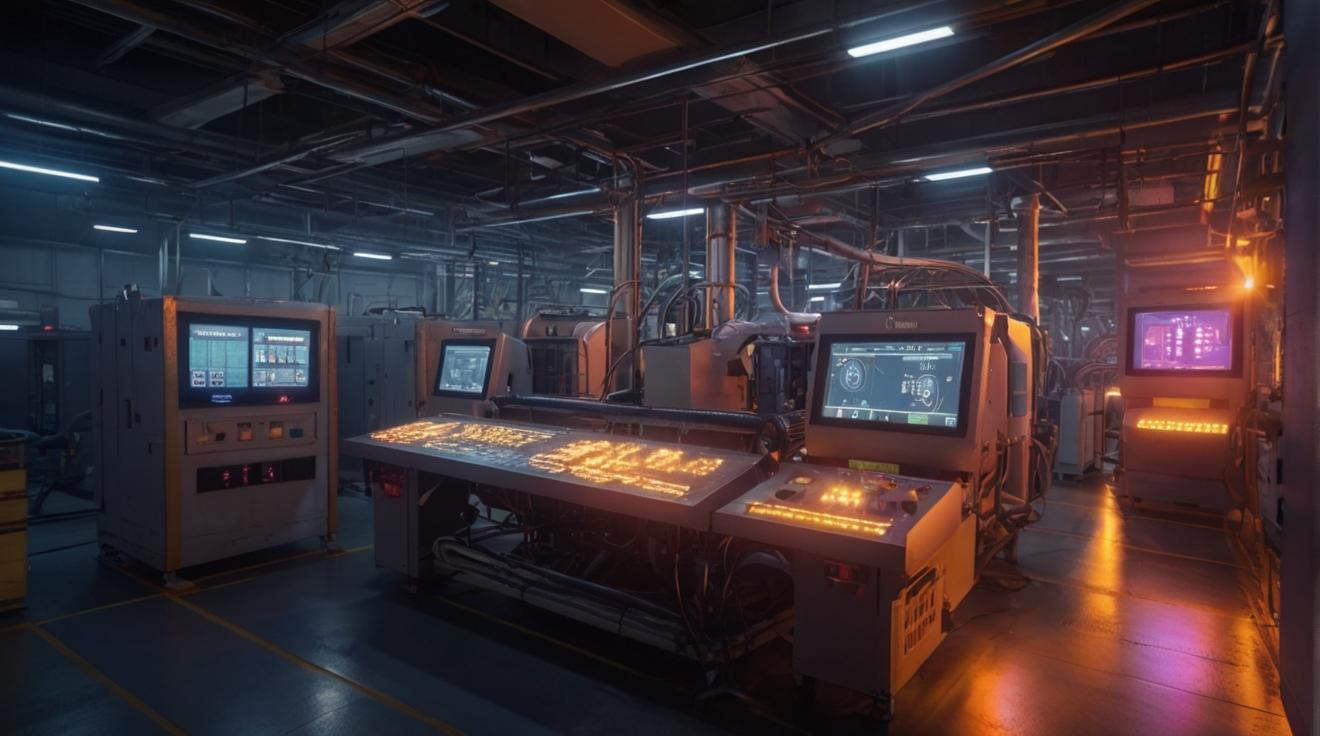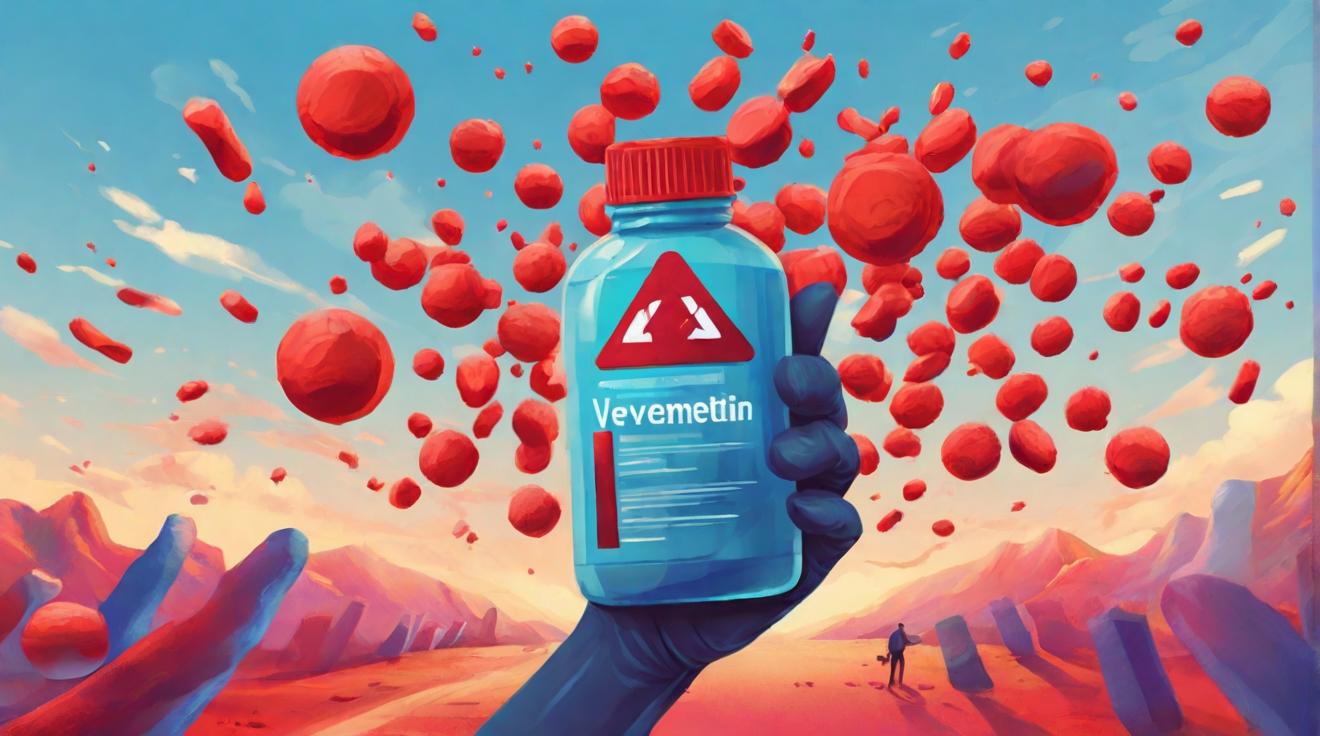The Rise of Virtual Power Plants
As the world shifts towards renewable energy sources, virtual power plants (VPPs) are emerging as a key player in balancing energy supply and demand on a large scale. These VPPs are systems of distributed energy resources that work together to reduce costs and prevent the overburdening of the grid. Unlike traditional power plants, VPPs do not require a centralized physical facility, making them a flexible and sustainable alternative. With the ability to generate electricity and balance energy loads, VPPs are proving to be more efficient and provide unique advantages that traditional plants cannot match.
How Do Virtual Power Plants Work?
Virtual power plants harness the power of distributed energy resources such as rooftop solar panels, electric vehicle chargers, and smart water heaters. Managed by local utility companies, these resources are “stitched together” to create a portfolio that responds to high energy demand and reduces carbon footprint. Without the need for a central physical facility, VPPs rely on aggregated batteries and solar panels to generate electricity and balance energy loads. This flexibility allows VPPs to provide services that traditional power plants cannot match, making them an ideal solution for the transition to clean power and energy storage.
The Unique Advantages of Virtual Power Plants
Kevin Brehm, a manager at the Rocky Mountain Institute, highlights the unique advantages of VPPs compared to traditional power plants. While traditional plants provide valuable services, VPPs offer something different. By leveraging distributed energy resources, VPPs can offer services that traditional plants simply cannot provide. This flexibility and adaptability make VPPs a valuable asset in the effort to transition to carbon-free electricity and reduce reliance on conventional energy sources.
Virtual Power Plants: A Game Changer in the Energy Industry
The rise of virtual power plants signifies a significant shift in the way the energy industry operates. By embracing renewable alternatives like solar and wind, governments and private companies are betting on VPPs to keep costs down and prevent grid overburdening. The concept of VPPs allows for a more sustainable and efficient energy system, contributing to the reduction of carbon footprints and the promotion of clean power and energy storage. As the shift towards renewable energy intensifies, VPPs are positioned to play a crucial role in the future of the energy industry.
Conclusion: The Future of Energy Lies in Virtual Power Plants
With the transition to renewable energy sources gaining momentum, virtual power plants are emerging as a key player in balancing energy supply and demand. Through the use of distributed energy resources, VPPs provide a flexible and sustainable alternative to traditional power plants. The unique advantages offered by VPPs, including their ability to provide services that traditional plants cannot match, make them a game-changer in the energy industry. As the world aims to bring more clean power and energy storage online, virtual power plants are proving to be a vital solution in the transition to a greener and more sustainable future.
Analyst comment
Positive news. Market analysis: The rise of virtual power plants signifies a shift towards renewable energy sources and a more sustainable and efficient energy system. VPPs offer unique advantages and are positioned to play a crucial role in the future of the energy industry. Expect increased adoption of VPPs and a decrease in reliance on traditional power plants.













